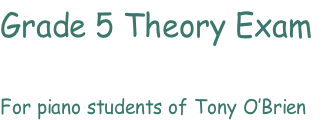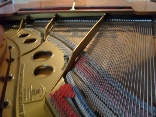


1

2
First count up the number of crotchets (or quavers) (or minims) in the first bar.
With rests, this comes to 7 crotchets (or 14 quavers) (or 3.5 minims). A time signature
based on quavers (1/8th notes) can be ruled out as 14 is not divisible by 3 -
The first bar then has an irregular time signature of 7/4. The only irregular time signatures you will be expected to know are 5/4 , 7/4, 5/8 and 7/8
Count up the whole number of crotchets, quavers and minims in the second bar.
There are 6 whole crotchets , 3 whole minims and 12 whole quavers.
While 12/8 could be a possibility there is nothing to indicate compound time based
on j -
So is the time signature 6/4 or 3/2 ? If 3/2 this would indicate “simple” time of
3 beats in the bar, and if this were the case, the tie-
6/4 = as 2 x d


